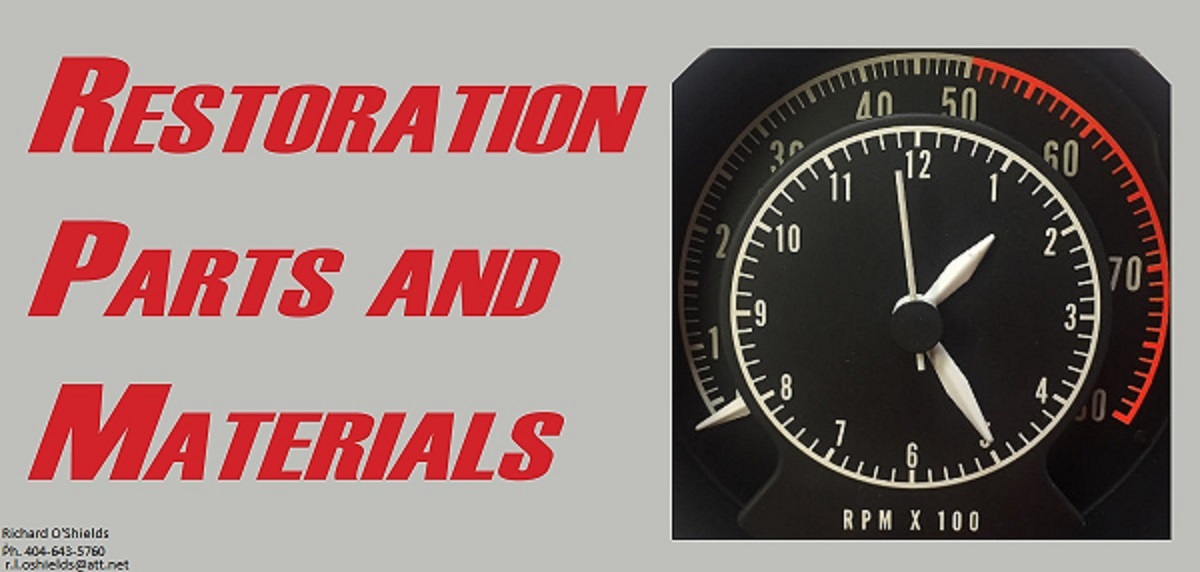FJ5 1970 440
Active Member
From a dead stop with the engine running it's a bear to get in any gear. With the engine off and stopped it shifts just fine. Once moving it goes through the gears just fine. it was rebuilt late last summer and I only drove it a couple times and don't remember it doing this. It has the same Center Force clutch as before and the flywheel was turned. free play is good and there isn't any dragging, so what gives? THANKS................................


















